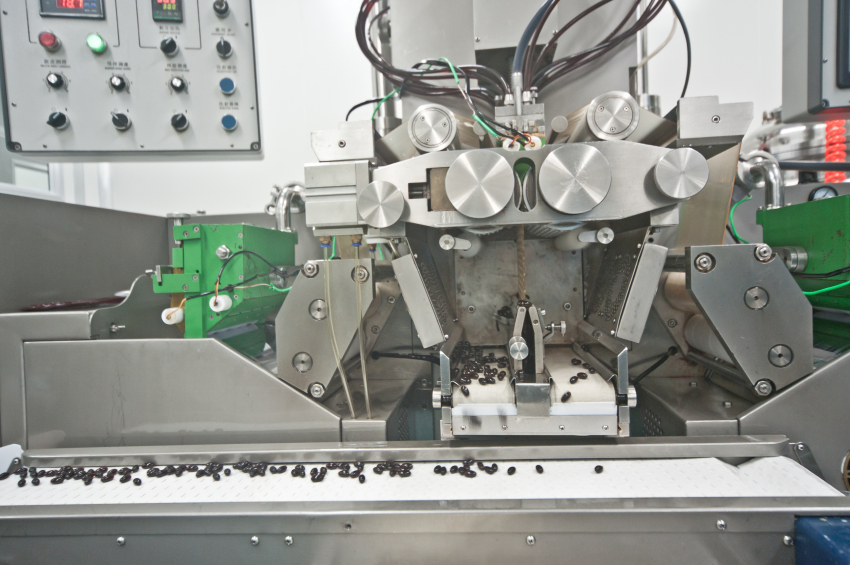Whether updating existing factory automation technology or adding automation for the first time, there are some basic areas that, if taken into account, will ensure the success of any automation project. When beginning an automation installation, planning, building your team, choosing equipment, and thorough testing are the best way to get the most of updating your factory.
Planning
Proper planning is the next key ingredient in keeping your risks under control. Failure to plan properly can result in delays at best and potential disasters at worst. Start your plan with a schedule of when things need to happen. You will likely need to account for supplier selections, development time, factory acceptance, installation time, start-up, training, trial runs, and full production.
Automation projects usually require some sort of plant downtime during their installation. To account for this, your plant may need to stockpile finished product in advance of the downtime period. It’s a good idea to have a disaster recovery contingency plan in place, to produce or package somewhere else, in case unforeseen delays occur. During installation, your project team may need operational utilities and other systems, with support staff present even though production is suspended. Make sure that all relevant parties are aware of these requirements to avoid unnecessary delays and cost overruns.
Team and Training
On most automation projects, the technical team will include a systems integrator, along with plant or corporate engineering and plant or corporate I.T. resources. Select an experienced project manager to lead the team. The project manager must manage the plan, project schedule, and scope, and ensure that everyone understands the project objectives, as well as their respective roles and responsibilities.
Although it may seem obvious, don’t overlook the fact that automation success requires trained staff. An essential part of minimizing risk means properly training those responsible for operating and maintaining the system.
It’s imperative for the technical team to schedule operator and maintenance training during installation. Operations staff needs hands-on training with the new system; maintenance needs more detailed training in troubleshooting and maintaining control equipment.
As soon as the technical team has confirmed proper operation, operations personnel should run the system. This will accelerate their ownership of the system and their ability to effectively operate and maintain it. It’s important to have the systems integrator revisit the system with the operations staff after a few weeks of operation to be sure everything is working as intended.
Control Equipment
To ensure success, the team must pay close attention to the physical control equipment—things like control panels, plant floor controllers, instruments, sensors, computer workstations, and servers. Evaluate the physical environment in which the equipment is located, check to be sure all of the ordered and assembled parts and pieces are in compliance with their intended use, and confirm signal types, power requirements, air requirements, and network and electrical wiring connections.
Another best practice is to realize that control equipment could be damaged in transit, given the excessive vibration that can damage delicate electronic components. Ship by air ride van or another vibration-reducing method.
With automation projects, loose ends equate to risks. Before installing the new automation system at your facility, a robust factory acceptance test, normally performed by the systems integrator, is needed to ensure that everything is working as promised. Decision makers and the technical team should agree in advance on a test plan based on the functional specification for both the factory test and site installation.
A key part of the FAT involves thorough testing of control equipment to ensure that it hasn’t been damaged in transit and performs to specification. Make sure the factory test is scheduled well in advance of the installation at your facility, to allow time for any required corrective action.
Planning for every stage of the automation process, and planning contingencies in case an obstacle arises, you can be prepared for many different circumstances that might arise and keep the process smooth. Also, choosing the right installation team and training your staff on the equipment you have chosen will keep problems from cropping up later on, after the installation has taken place and save time and money in the long run.
By making sure the above areas are considered, your factory automation installation will be smooth and successful, whether you are upgrading your system or installing a completely new one. Read more about how to integrate factory automation systems.

